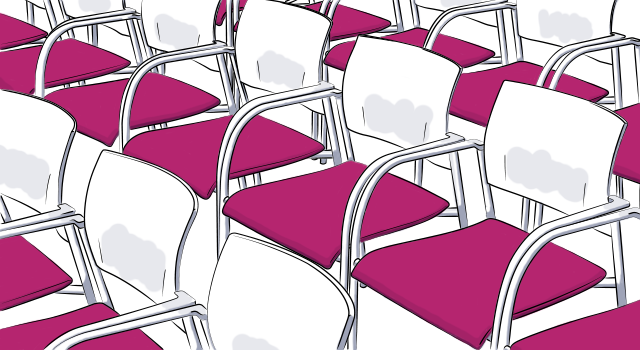
Tech Thursday: The Trick to Calculate Event Capacity Correctly in 3 Simple Steps
Rubbing elbows is the goal of many meetings, galas, and conferences, but don’t take it literally. Attendees don’t enjoy events that are overcrowded and difficult to navigate, so calculating event capacity is a critical step in planning. Beyond ensuring attendee comfort, calculating the correct capacity also matters for event safety, as well as local ordinance and fire code compliance.
At the same time, a venue that’s way too big relative to the number of guests makes your event feel small and sparsely attended.
Follow these simple steps to determine event capacity estimates, such as how many square feet per person you’ll need for a meeting, or how many people you can host within a dream venue. Make sure you’re using the easiest methods to source the right venues and discover their capacity”speed and accuracy matter.
Then, follow our detailed instructions to make in-depth calculations of seating capacity and the usable space within various event rooms for meetings, small parties, or large galas.
Discover the Essential Keys to Calculate Event Capacity Right
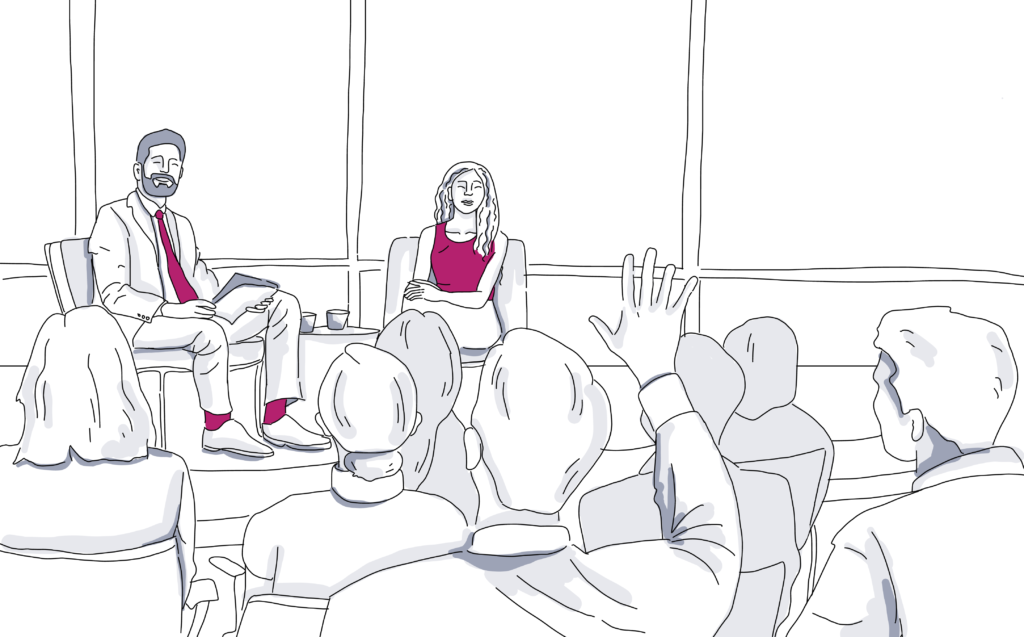
1. Connect the event capacity to the event activities
Online event space calculators are helpful starting points. You input the number of guests you expect and get back the square footage your event needs. Or, you put in the size of your space to determine the maximum number of guests you can invite.
But truly, determining your event capacity depends on knowing how the space will be used. Will people be mingling in one area for a meet-and-greet and then moving to several meeting rooms for working sessions? Is it a standing event, like an art gallery opening or a cocktail hour? Or will people be seated for the entire event”such as in auditorium-style rows for a presentation, or at banquet rounds for a meal? Each use demands a different amount of space per person.
In all cases, you’ll want to pay attention not just to the overall dimensions of the venue, but to the usable space. Don’t include the area behind the bar, for example, and exclude any other space that’s unusable for your particular event. For example, an oddly shaped room with more than four corners might be fully usable for a networking event. But for other events, you might not be able to utilize nooks or corners because of the banquet table shapes or poor sight lines.
Here are some common questions (and answers!) about event capacity:
1. How many square feet per person standing?
Six square feet per person is a good rule of thumb for a standing crowd. If you are planning a cocktail hour for 100 people who will all be standing, you will multiply 100 by 6 to determine you need a venue with 600 square feet of available and workable space for the event.
For a mixed seated and standing crowd”such as reception-style seating”increase the per-person rule of thumb to eight square feet: Your 100-person event will now need 800 square feet of usable space.
And for reception-style seating with a dance floor, estimate nine square feet per person.
Note that for this event, oddly shaped rooms or venues should be entirely usable. Tables, if any, will be small, and people can move to get a better view of the front if they need it. A venue with an unusual layout may even be an asset, as it will present natural opportunities for mixed seating and conversational nooks.
[Tweet “Attendees don’t enjoy events that are overcrowded and difficult to navigate, so calculating event capacity is critical.”]
2. What is the right meeting room size per person?
With people fixed in seats, meeting room capacity is entirely dependent upon the layout of those seats. The following rules of thumb for estimating meeting room size include aisles and clearance between chairs and walls:
- Conference table: 30 to 40 square feet per person. Can seat groups up to about 30 people.
- Hollow square: 35 to 40 square feet per person. The hollow square is a popular option for groups of about 17 to 40.
- Classroom-style seating: 14 to 18 square feet per person at desks.
- Auditorium-style seating: 6 to 8 square feet per person.
3. What is a venue’s overall seating capacity per square foot?
Here too, it will vary depending upon how you arrange the seats:
- Dinner seating at rectangular tables: 9 to 10 square feet per person
- Dinner seating at round tables: 11 to 12 square feet per person
- Theater or auditorium style seating: 6 to 8 square feet per person
Remember to look at the usable space: If you are using banquet rounds, for example, don’t include any space in the room that won’t comfortably fit a round table with chairs.
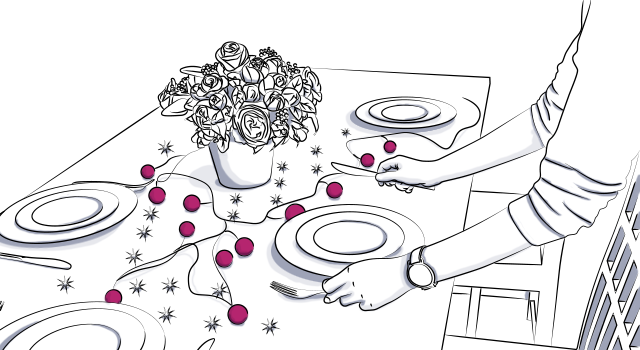
2. Take advantage of venue-sourcing tools
Next, it’s time for sourcing tools such as Cvent’s Supplier Network venue explorer. Look up event spaces of the approximate size you’re seeking, and include slightly larger venues as well. If you need square footage for a dance floor, stage, bar, head table, refreshment credenza, or other items that take up floor space, include those measurements in your early guesstimate.
Why source venues ˜larger’ than you need? The space will have a maximum capacity that complies with fire codes. That capacity actually can’t be calculated with a single formula. Fire codes vary by municipality and depend on variables, such as the type of establishment (e.g., a bar or a conference room), exit routes, and obstructions (e.g., columns, large furniture and half-walls).
There will be a sign in every venue sharing the maximum capacity and, of course, you won’t exceed this figure. But remember that the fire marshall’s focus is safety, not attendee experience. When choosing an event space, it’s your job to keep guest comfort in mind.
So, if you have a group of 250, don’t cap your search at venues that advertise an event capacity of 250”look at numbers north of that too. If you have estimated that you need 600 square feet, don’t discount venues of 900 square feet”which will give your attendees a bit more space room to move.
When you look at venues with a slightly larger capacity, you can decide how well your event would fit in each. Use your intuition (and maybe your measuring tape) at site visits, and study the venue’s permanent elements. Irregular room shapes, obstructed sightlines, and fixed obstacles can all decrease the number of attendees you might want to fit in that space. Spacing chairs a bit more comfortably can also drive the number lower than the advertised occupancy maximum.
Sometimes venues provide pictures or 3D mockups of their space set-up for a specific number of guests. This is a helpful detail to look for when using venue sourcing platforms.
3. Walk through the event venue and bring a measuring wheel
Don’t solely depend on numbers on venue listings or room dimension measurements from the venue manager. When you walk through a space, you’ll notice things from experience that won’t necessarily come across in a virtual representation.
That’s why you, or a trusted team member, should always visit venues in person. As an event planner, you are probably familiar with spaces in your immediate area, but when planning an event in another city”a trip to the venue is advised.
At the site, confirm the venue’s stated square footage and look at the room schematics. If the room is irregularly shaped or contains obstructed views, your layout job could potentially be more challenging.
If a diagram of the space isn’t available from the venue, or doesn’t have the information you need, make one yourself. Bring a measuring wheel and measure the room’s length and width. If the space is a rectangle, simply multiply the length and width to yield the area”aka the square footage.
If the room is irregularly shaped, divide it into rectangles whose areas you can calculate separately. Then add those areas together for the total area of the space. When an area of the room is unusable (such as behind the bar), calculate the area of the entire room and then the bar area, and subtract the bar to determine the usable space.
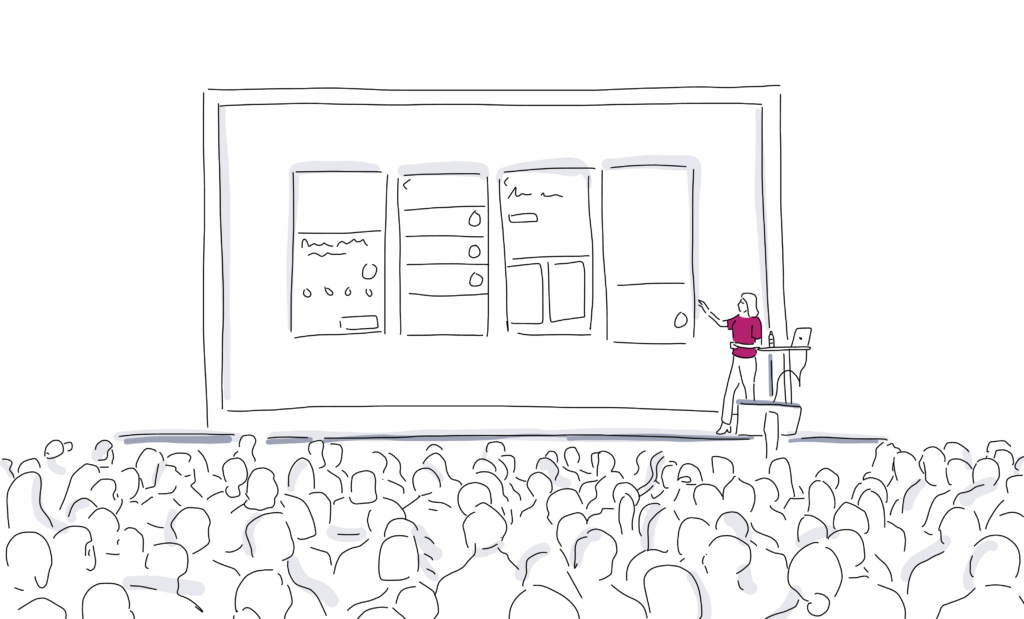
To illustrate how this works on the ground, let’s calculate the capacity for two events types:
1. Calculating the event capacity for a wedding reception
Let’s say you’re planning a wedding reception for 100 people with a sit-down dinner at round tables. The delightful, open space you’re eyeing is 1,750 square feet. Will the event fit?
The estimate in Step 1 above gives you 1,100 to 1,200 square feet required for the banquet rounds, so you’re in the ballpark so far.
You’ll also need room for a dance floor, a DJ table, a bar, and a head table.
- Dance floor: The recommendation is for 4.5 square feet per person. Usually, between 33 percent and 50 percent of guests will use the dance floor. (Some crowds cut more of a rug than others, so try to get a sense of your attendees in advance.) At a 100-person reception, that’s between 33 and 50 guests. That works out to between 150 and 225 square feet for the dance floor.
- DJ booth: DJ booths run about 200 square feet.
- Bar: About 100 square feet. Place it thoughtfully so you don’t lose too much space behind it.
- Head table: About 100 square feet for eight guests.
The extras come to about 600 additional square feet.
It’ll be close: This event needs 1,700 to 1,800 square feet, and the venue is 1,750 square feet. Your layout will need to be thoughtful. Use a free event layout tool to make your life easier and your layout highly accurate, and scout a backup venue with a little more room, just in case.
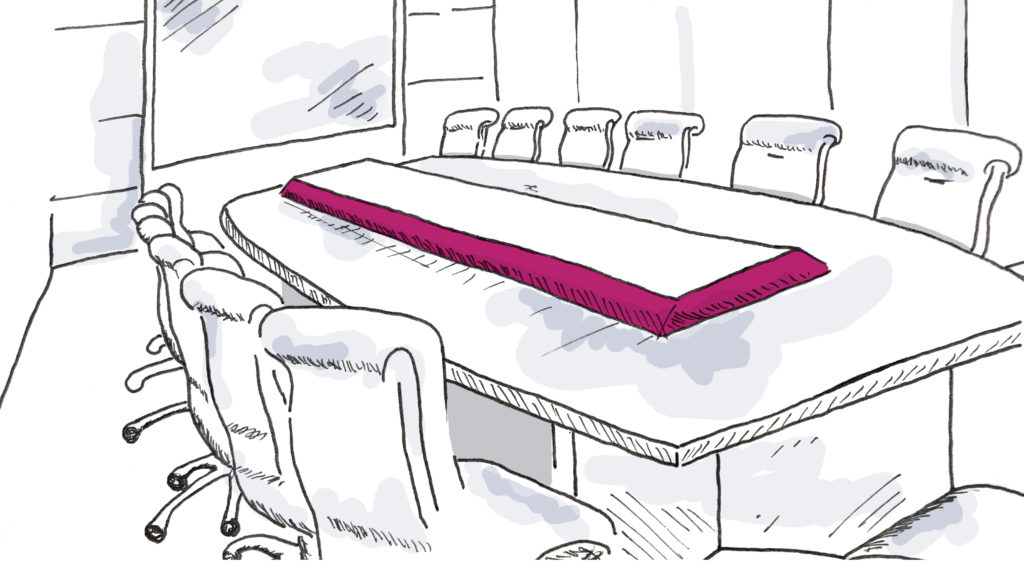
2. Calculating the event capacity for a corporate presentation
Consider a meeting room that’s 50 feet by 50 feet (2,500 square feet) you’re using for a company meeting with a slide and video presentation. Of course, the entire room won’t be packed wall-to-wall with chairs; you’ll need space at the front, back, and sides, as well as space for aisles.
Subtract 4 feet of clearance at the back and each side to start with. The height of the screen determines space at the front: make it about twice the height of the screen for a comfortable viewing angle. The screen in this room is 8 feet high, so you will need 16 feet at the front of the room.
Subtracting 20 feet off the length (16 feet at the front and 4 feet at the back) and 8 feet off the width (4 feet on each side) leaves you with a usable space that’s 30 feet long by 42 feet wide.
Next, calculate the number of rows that will fit in the room. Many function seats are 20 inches front to back, and the standard is often to place them one chair-length apart. That means that a row, measured seat back to seat back, is 40 inches. However, this gives attendees little room to move past each other. People don’t want to climb over other attendees to get to a seat, and may even leave instead. Adding a few more inches to each row can ease the difficulty and fill more seats. Estimate 43 inches per row.
A space 30 feet long is 360 inches. Divide 360 inches by 43 inches per row for a total of 8.37 rows. It makes no sense to have a fraction of a row, so round down to eight rows.
In a lot of areas this is right at the maximum number or rows before an aisle is necessary, so check your city’s fire codes.
Then calculate the number of seats per row. The chairs in our example are 18 inches across. They can be placed immediately next to one another, but again, people might appreciate having a little more room. Instead of measuring 18 inches from seat center to seat center, let’s give people a couple extra inches: 22 inches from seat center to seat center. A usable 42 feet across the width of the room is 504 inches. Divide 504 inches by 22 inches per seat for a total of 22.9 seats. It’s safe to round it up to 23 seats.
This is a perfect number of seats to put one aisle down the middle: 10 seats on either side, and an aisle of 66 inches (3 removed seats of 22 inches each), or 5 feet, 6 inches, down the middle. A total of 20 seats per row.
20 seats per row x 8 rows = 160 seats.
If the room has any obstructed sightlines, or if any seat would be at less than a 30 degree angle to the center of the screen, subtract those. Otherwise, you have calculated a very comfortable event capacity of 160 for this presentation. The mid-row seats have a higher probability of being used, as people don’t have to squeeze past one another to land in a very small space.
Often, event layout software will make short work of room setup and manage many of the calculations for you. But people are increasingly looking to non-traditional event sites and knowing how to calculate ideal event capacities for different event types. Knowing how to calculate event capacity gives you a jump on planning and an edge over the competition.
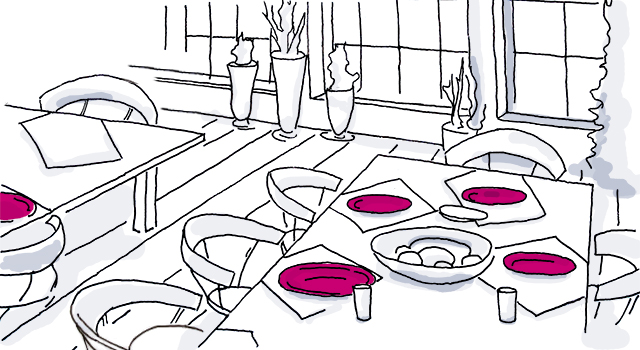
Now you have all the tools and tricks to get venue capacity right for your next event!
Use our free event diagramming software to help you calculate event capacity and lay out your events faster than ever! Or, polish your event planning strategies even further with these 6 must-have skills for event planners.
Have more questions about event capacity?
Event capacity is calculated based on a variety of factors including total space available, what the space will be used for, exit capacity.
Standing room capacity for a space is calculated based on how people can comfortably fit in the space. For a cocktail-hour type of event, around 6 square feet per person should be sufficient.

